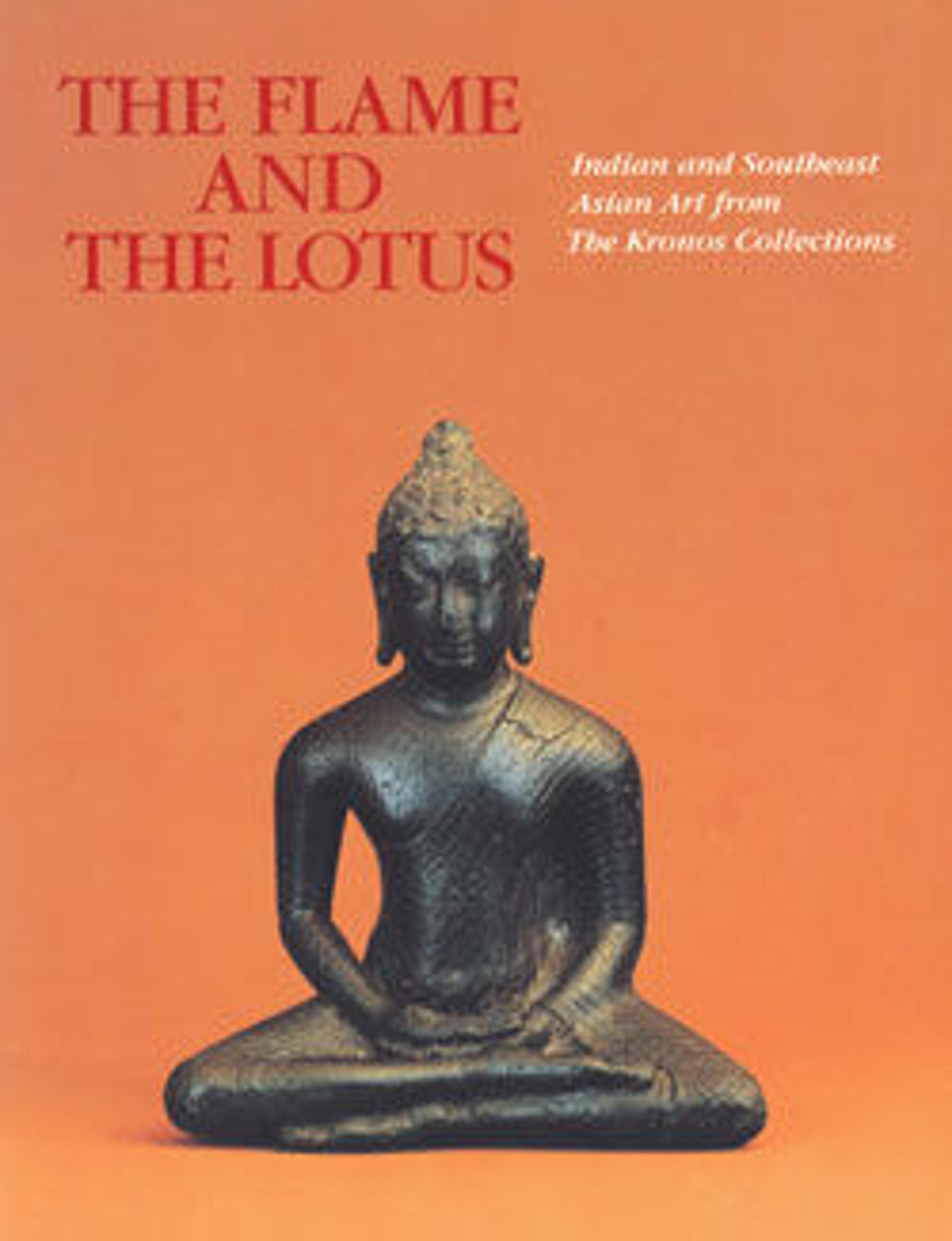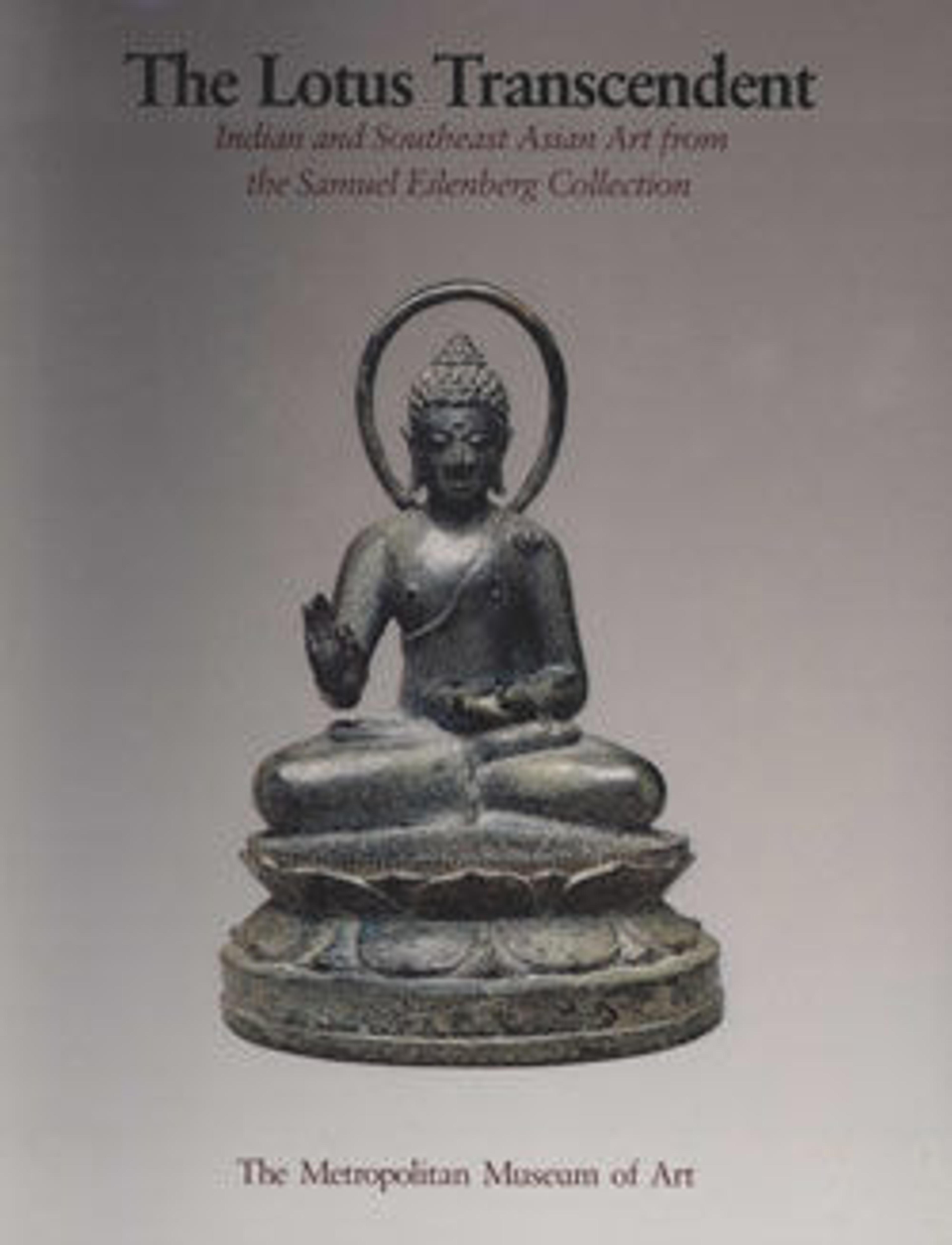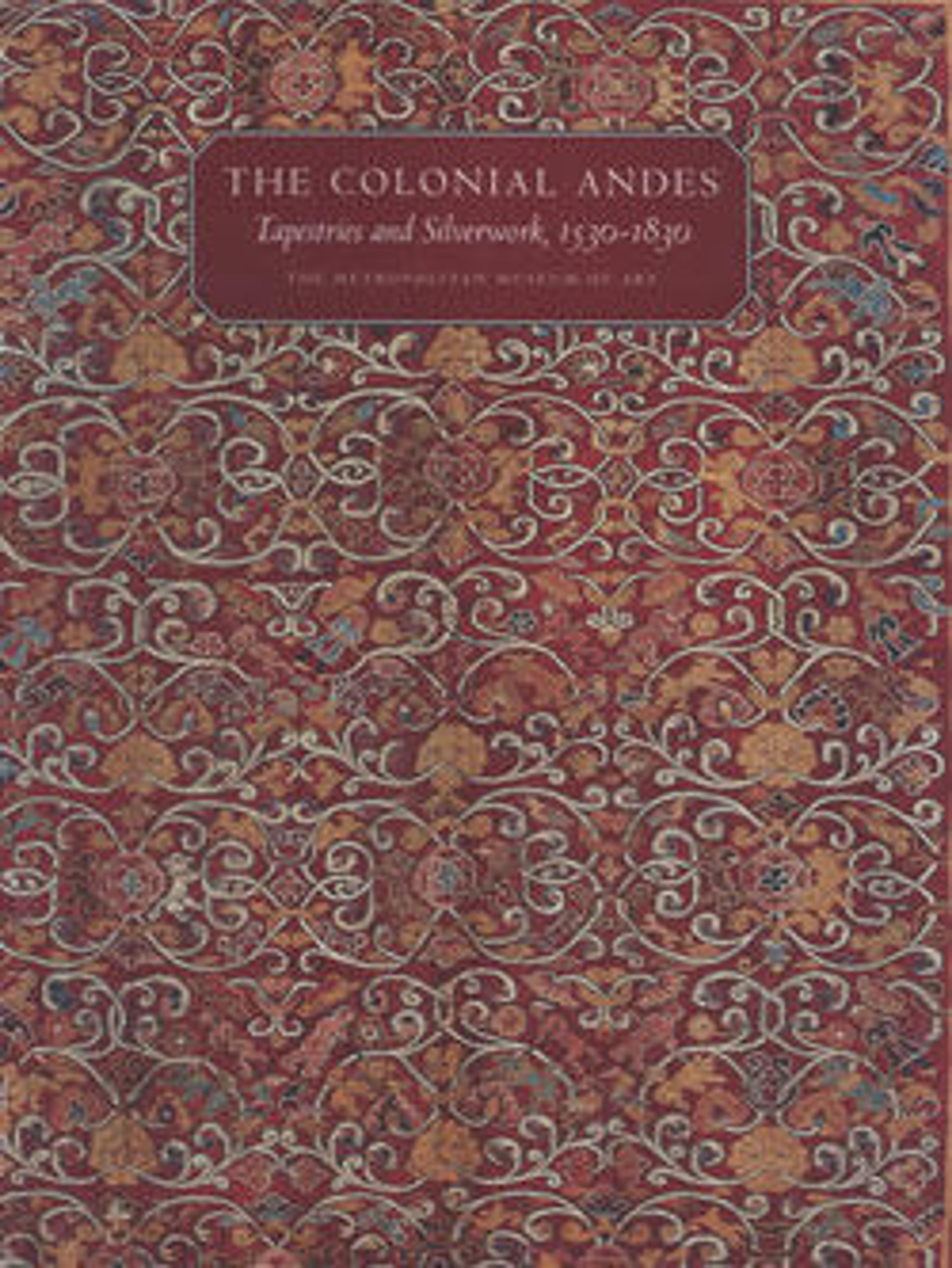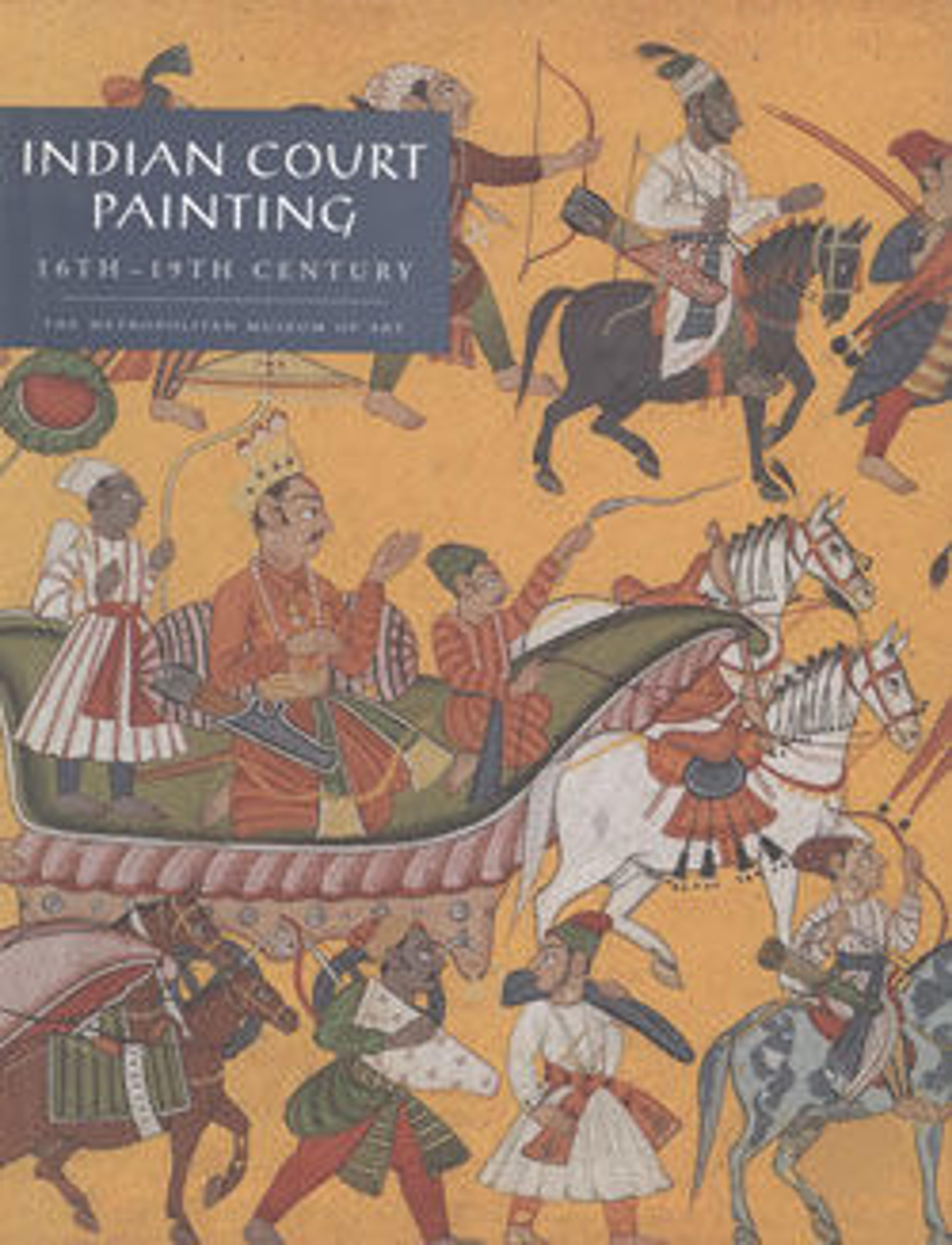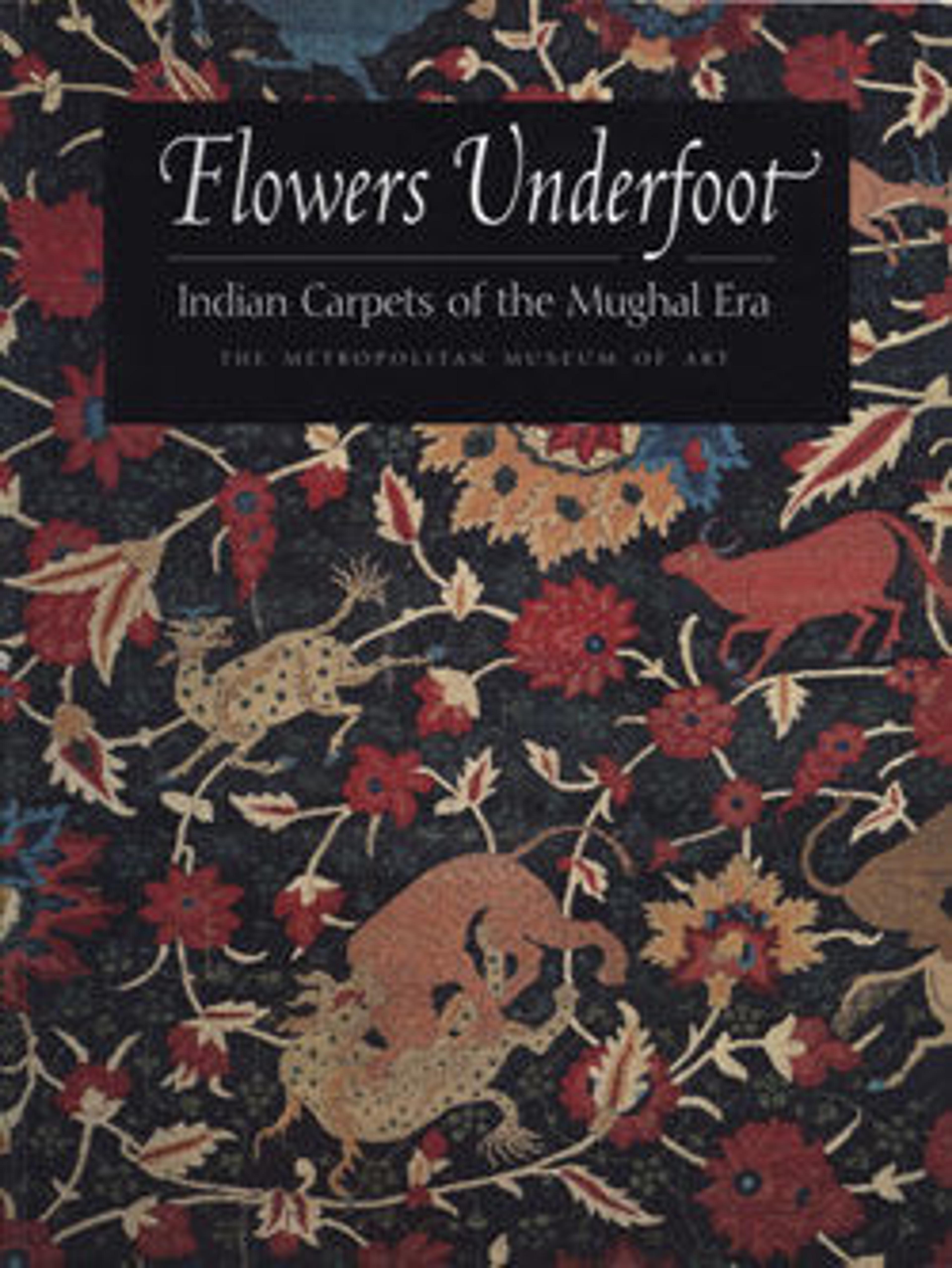
Flowers Underfoot: Indian Carpets of the Mughal Era
220 pages
145 illustrations
9 x 12 in
This title is out of print.
This publication features Indian carpets created between the sixteenth and the eighteenth centuries. Often overlooked for being too similar to Persian carpets or too reliant on the aesthetic of manuscript illustration, Indian carpets are distinct and meaningful contributions to Indian art and the global carpet-weaving tradition, as the author of this volume argues. More than fifty carpets made of a variety of materials—including cotton, wool, silk, and pashmina—feature in this publication, while illustrations of Indian and European paintings show the role that these carpets played in material culture across continents.
Met Art in Publication
Chitarman
recto: dated 1627–28; verso: ca. 1530–50
1630–40
Amir Khusrau Dihlavi
Miskin
1597–98
late 16th–early 17th century
mid-17th century
mid-17th century
ca. 1650
mid-17th century
ca. 1650
ca. 1650
ca. 1650
late 17th century
late 17th century
ca. 1820
second half 18th century
You May Also Like
A slider containing 5 items.
Press the down key to skip to the last item.
Press the down key to skip to the last item.
Citation
Walker, Daniel S. 1997. Flowers Underfoot: Indian Carpets of the Mughal Era. New York: Metropolitan Museum of Art.
